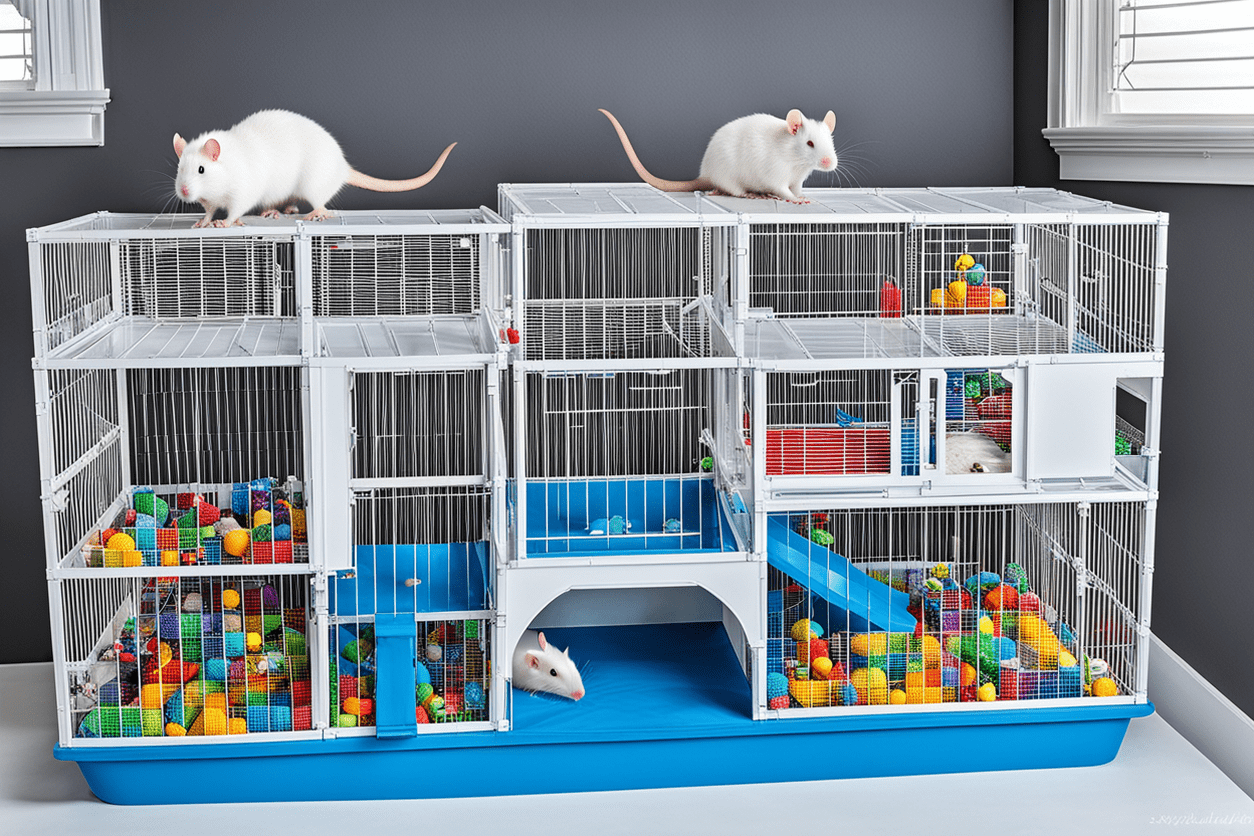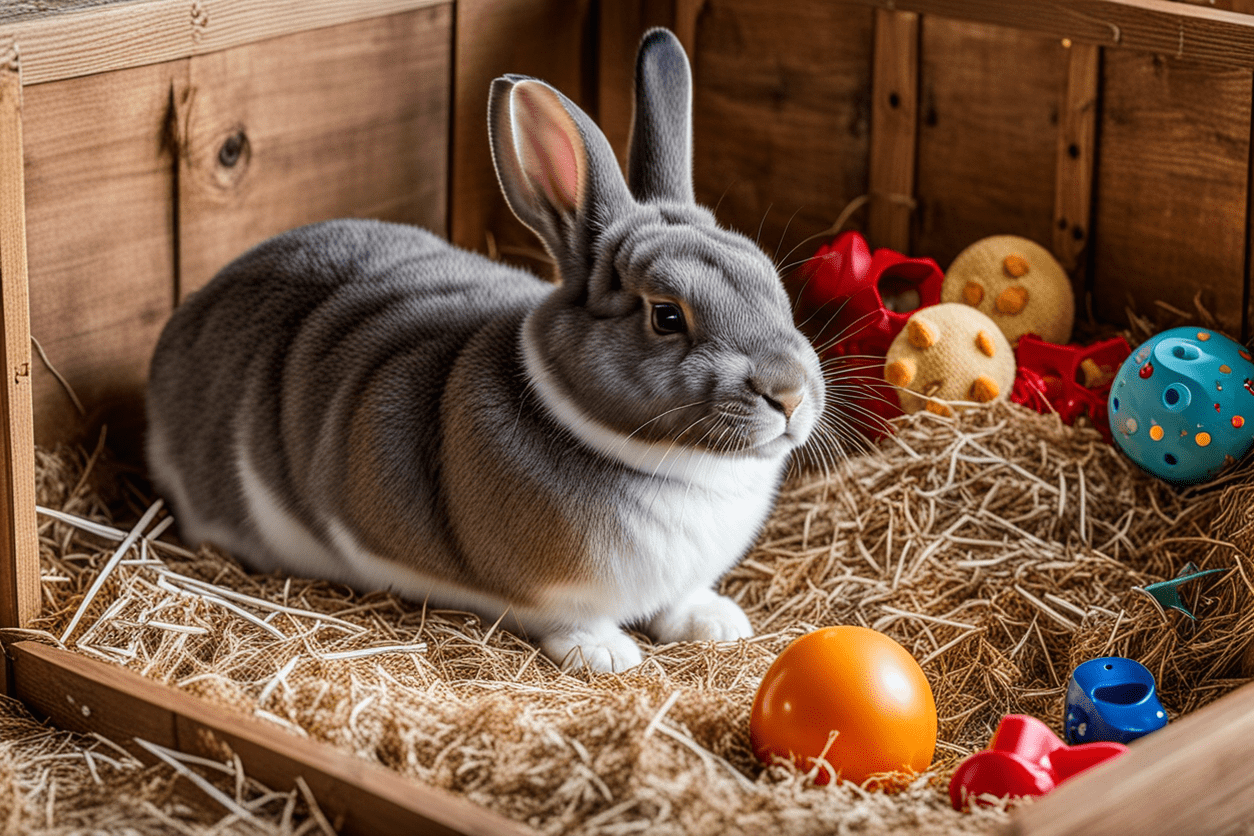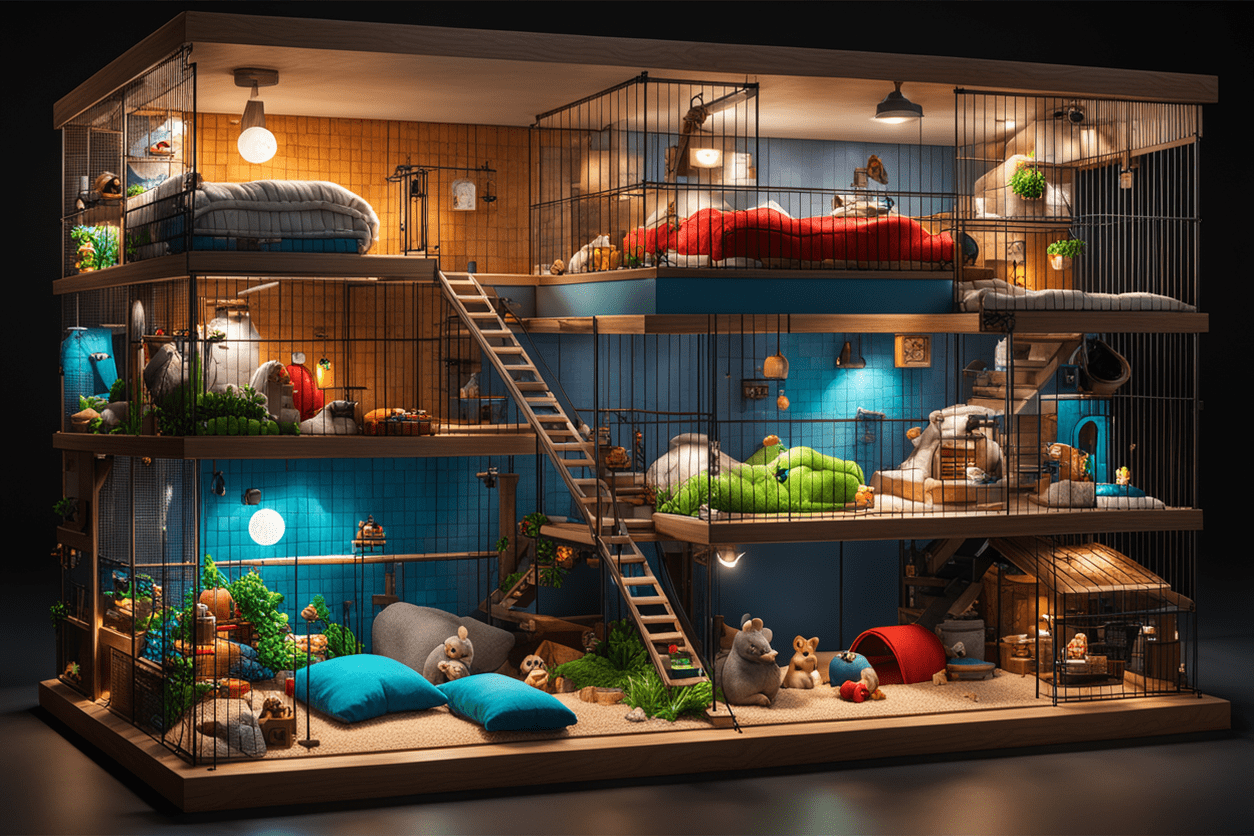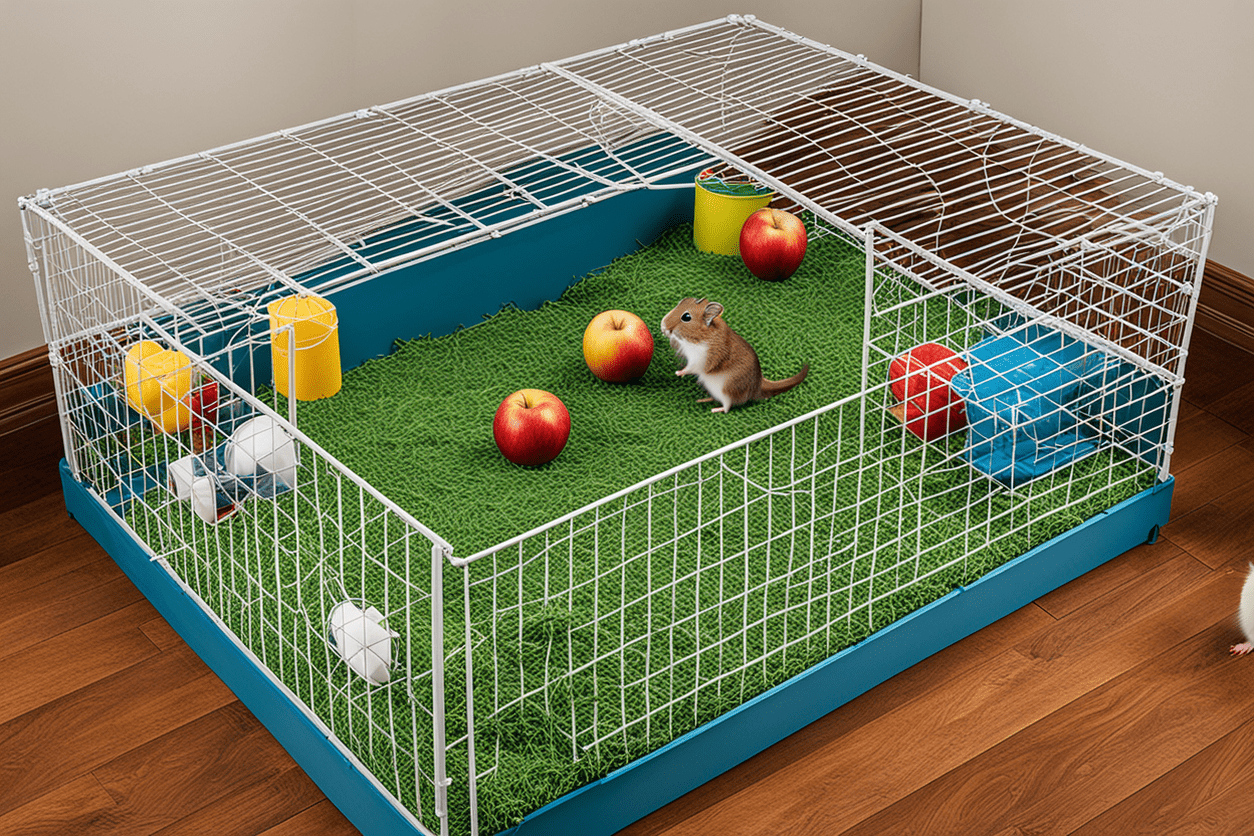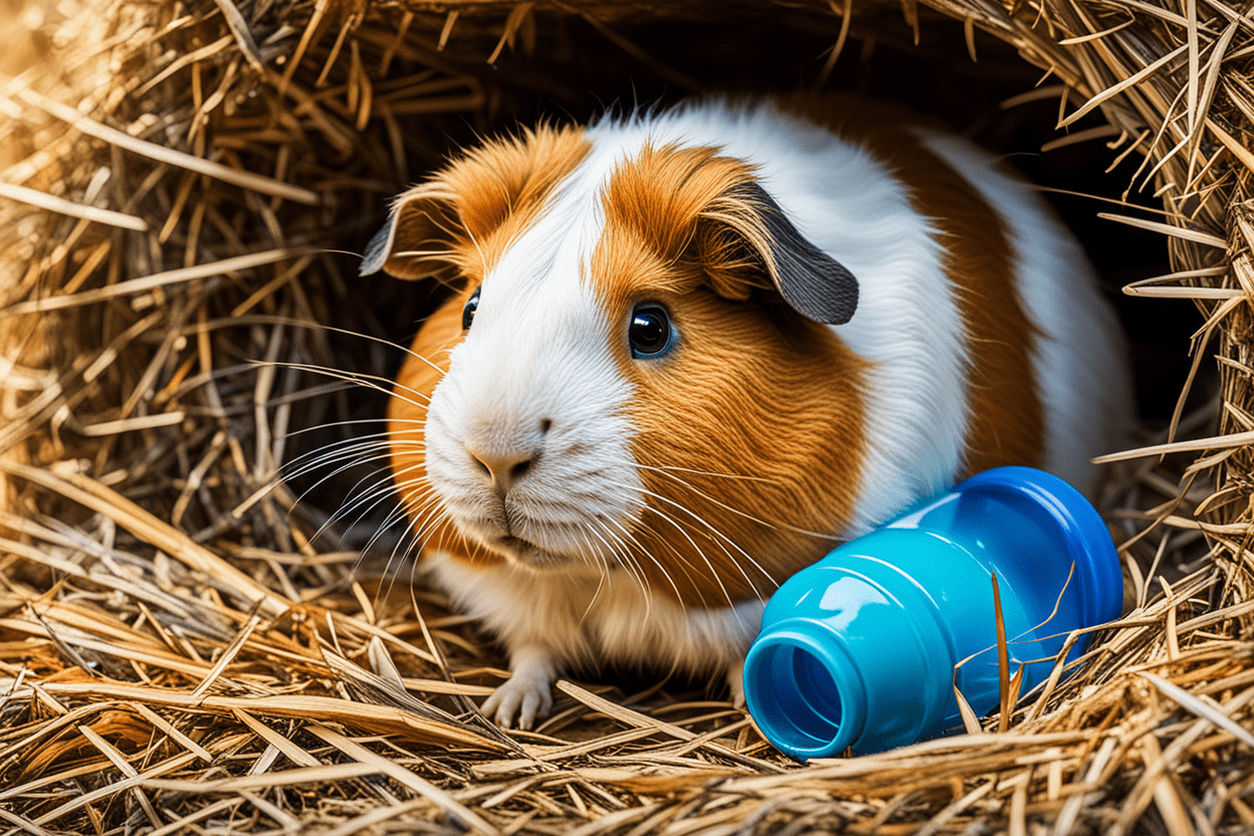Creating a Comfortable Pet-Friendly Space at Home
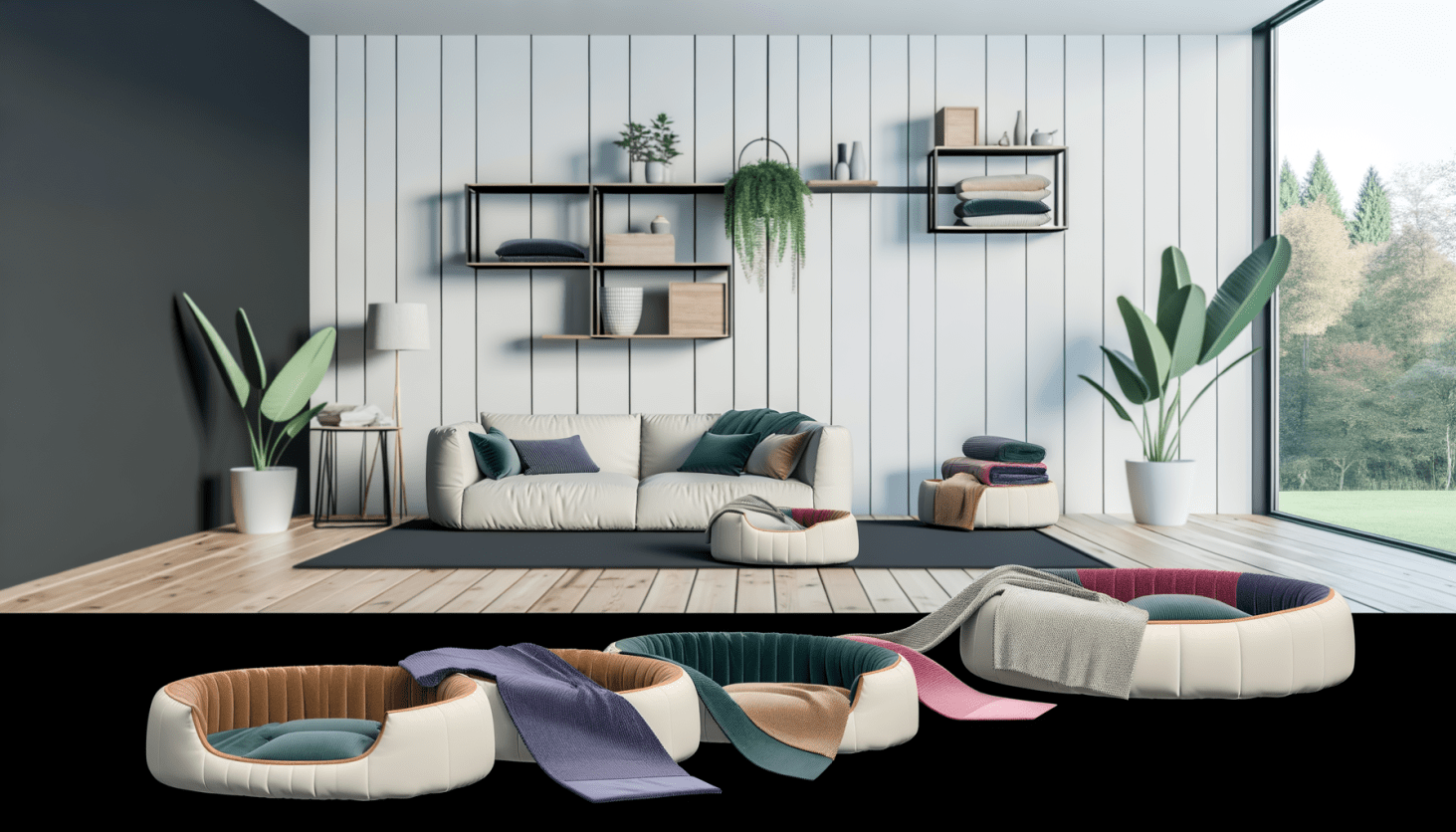
Introduction
As pet owners, our furry companions are an integral part of our family. They offer unconditional love, companionship, and joy. Therefore, it is natural to want to make your home as comfortable and accommodating for them as possible. Creating a pet-friendly space involves more than just setting out a water bowl and a comfy bed. From safety considerations to engagement and comfort, it is vital to think through every detail. This comprehensive guide will walk you through the steps to creating a cozy, safe, and engaging environment for your pets.
Understanding Your Pet's Needs
Before diving into the specifics, it is crucial to understand that different pets have different needs. A dog's requirements differ considerably from those of a cat, a bird, or a small rodent. Even within the same species, breeds, and personality traits can influence what your pet might need.
Canine Considerations
Dogs are social animals that enjoy interaction and physical activity. Depending on their breed, they may also require a lot of space to run around and play.
- Comfort: A comfortable, well-padded bed is essential. Orthopedic beds can be particularly beneficial for older dogs.
- Engagement: Toys, especially puzzle toys, can help keep their minds sharp.
- Safety: Dog-proof your home by keeping harmful substances out of reach and securing trash bins.
Feline Comforts
Cats, on the other hand, value their independence. They require opportunities to climb, scratch, and hide.
- Comfort: Provide a variety of cozy sleeping places. Cats love warm and secluded spots.
- Engagement: Scratching posts and climbing trees can keep a cat physically entertained.
- Safety: Ensure all nooks and crannies are safe and that window screens are secure to prevent falls.
Small Animals and Birds
For smaller pets like birds, hamsters, and guinea pigs, the dynamics are different.
- Comfort: Cages should have adequate space and be properly ventilated.
- Engagement: Exercise wheels for rodents and interactive toys for birds are beneficial.
- Safety: Ensure cages are secure and that pets cannot escape.
Creating a Safe Environment
Safety should be your priority when making your home pet-friendly. Animals are naturally curious and can get into things they should not.
Chemicals and Plants
- Toxic Substances: Keep cleaning products, human foods that are toxic to pets (like chocolate and onions), and medications out of reach.
- Plants: Some common houseplants are toxic to animals. Make sure to research or consult a veterinarian about which plants are safe.
Home Layout
- Secure Areas: Use baby gates to block off restricted areas. This is particularly useful for puppies and smaller dogs.
- Window Safety: Ensure screens are in place and secure to prevent pets from falling or escaping.
Comfort Essentials
Providing comfort for your pet is not just about a soft bed. It is about creating a space where they feel secure and loved.
Bedding and Resting Spots
- Location: Place beds in areas where pets feel secure but can still participate in family life. Dogs might prefer a bed in the family room, while cats might like a quiet corner.
- Quality: Invest in orthopedic beds for larger and older dogs. Heated beds might be more enticing for cats.
Climate Control
- Temperature: Ensure your pet is comfortable year-round. Keep spaces ventilated in the summer and warm in the winter. Consider using fans or pet-safe heaters as needed.
- Humidity: Pets like reptiles and amphibians have specific humidity requirements. Use humidifiers or dehumidifiers to maintain appropriate levels.
Engaging Environment
Pets need mental and physical stimulation. An engaging environment can improve their overall well-being and reduce destructive behavior.
Interactive Toys
- For Dogs: Toys that challenge their intellect, such as puzzle feeders, can keep them busy.
- For Cats: Laser pointers, feather wands, and interactive electronic toys can keep a cat busy for hours.
- For Small Pets: Hamsters love tunnels and exercise wheels, while birds enjoy perches and mirrors.
Exercise Areas
- Outdoor Space: A secured garden can be a playground for dogs. Ensure the fencing is escape-proof.
- Indoor Space: Even in small apartments, you can create play zones using tunnels and climbing trees.
Feeding and Hydration
Proper nutrition and hydration are critical for the health of your pets.
Food Stations
- Location: Place feeding stations in quiet, accessible areas. Ensure they are far from litter boxes for cats.
- Type of Bowl: Use stainless steel or ceramic bowls to avoid plastic, which can harbor bacteria and cause allergies.
Hydration
- Water Fountains: Cats and dogs love running water. Pet water fountains can encourage them to drink more.
- Fresh Supply: Always ensure a fresh supply of water, especially during hot weather.
Personal Space for Your Pet
Just like humans, pets need their private sanctuary. This space should have all their essentials and be a retreat when they need a break.
Designated Area
- Dogs: A crate or a specific corner with their bed and toys.
- Cats: A cat condo or a room with their scratching post, litter box, and bed.
- Small Animals: A cage or a pen in a quiet but not isolated part of the house.
Social Interaction
While creating a pet-friendly space at home, it is also vital to interact and bond with your pets. Social interaction is a key component of their happiness.
Regular Playtime
- Both Physical and Mental: Ensure you engage in activities that challenge them both physically and mentally.
- Routine: Pets thrive on routine. Regular playtimes can become one of their favorite parts of the day.
Quality Time
- Affection: Spend quality time cuddling and petting your pets. It strengthens your bond and provides them with a sense of security.
- Training: Positive reinforcement training can be a great bonding activity while also instilling good behavior.
Pet-Friendly Furniture
Investing in pet-friendly furniture can save you a lot of trouble in the long run.
Durable Materials
- Fabric Choices: Opt for materials that are easy to clean and resistant to scratches, such as leather or microfiber.
- Covered Furniture: Use washable covers to protect your sofas and chairs.
Safe and Comfortable
- Pet-Specific Furniture: Items like pet stairs can help small or elderly pets reach higher places safely.
- Placement: Be mindful of where you place your furniture. Ensure there are no tight spots where pets could get stuck.
Grooming Stations
Maintaining your pet's hygiene is another key aspect of a comfortable home environment.
Designate a Grooming Area
- Location: Choose a space that is easy to clean, such as a bathroom or a utility room.
- Supplies: Keep all grooming tools like brushes, shampoos, and nail clippers handy.
Ease of Access
- Bath Time: For larger pets, a walk-in shower can be beneficial. For smaller pets, a sink or a portable pet bath tub works well.
- Mess Management: Use non-slip mats and keep towels handy to clean up any mess immediately.
Conclusion
Creating a comfortable pet-friendly space at home is a multidimensional task that involves attention to detail, an understanding of your pet's specific needs, and a commitment to their well-being. From safety and comfort to engagement and social interaction, each aspect plays a crucial role in shaping a nurturing environment for your furry or feathered companions. By investing time and thought into designing your home with your pet in mind, you are not only enhancing their quality of life but also enriching your bond with them. Remember, a happy pet makes a happy home, and the joy and love they bring into your life are well worth the effort.

